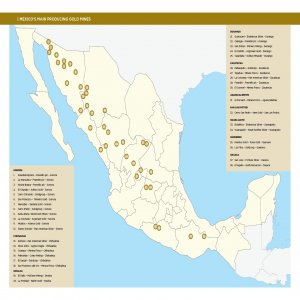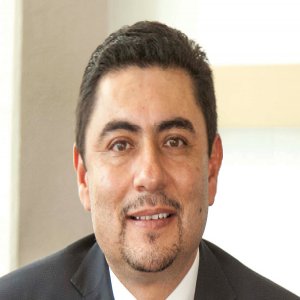Searching for the Source of the Highest Grade Silver

STORY INLINE POST
Q: What were the highlights on Excellon’s path towards acquiring one of Mexico’s highest grade silver properties?
A: Excellon’s story began in 1996 with Dr. Peter Megaw who is currently the Vice-President of Exploration of MAG Silver. He was travelling through the town of Bermejillo in Durango, near where the La Platosa mine is now located, when he noticed a number of crystal shops. As a geologist, he recognized that these crystals were primarily formed in a carbonate replacement deposit system, which led to his decision to stake the ground and bring the project to Excellon. From 1997 to 1999, Excellon had a joint venture with Apex Silver, which drilled the discovery hole. Back then, there was only little interest in silver or gold, so Apex Silver withdrew from the joint venture and Excellon got the property back. Excellon delineated the first resource in 2002 which amounted to 63,400 tonnes at 2,700 g/t of silver and started a bulk tonnage sample in 2005. This was so successful that in 2007, the company made US$9.5 million in net income at US$13 per ounce of silver, leading to the development of a commercial mining operation at La Platosa. By the end of 2013, we had defined nearly 500,000 tonnes of silver/lead/ zinc ore in resources. We have been in continuous production since 2005 and we have consistently been the highest grade silver producer in Mexico. Overall, between what we mined and what is left in the ground, we have about a million tonnes of the highest grade silver ore in Mexico. Our resources are made up of high grade massive sulfide bodies, or mantos, about three to four meters in height at about 130-150m deep. The company’s long-term exploration goal is to find the source of this system, which will likely have a greater gold and copper component and may be as large as 100 million tonnes. In mid-2012, we drilled a discovery hole of 55m with 130 g/t of silver, 3% lead, 2% zinc, and anomalous gold throughout.
Q: To what extent will the mine life at La Platosa balance out the impact of a broader decrease in exploration?
A: The La Platosa concession is made up of 400km2, and around the mill which is 200km away from the mine, we have another 150km2. We target mining at around 200 t/d, but the source deposit we are looking for would multiply this output many times. In 2013, we mined 70,000 tonnes which produced 1.5 million ounces of silver, or 2.2 million ounces of silver equivalent, with approximately 65,000 tonnes mined in 2014 for 1.2 million ounces of silver or 2 million ounces of silver equivalent. We currently have a mine life of about six years, but with significant room to grow manto resources and extend that mine life.
Exploring for the source of the mantos was our focus until early 2013 when the metal prices dropped. In the current metals market, we have a greater focus on M&A with asset prices being increasingly weak. We have had great success historically completing acquisitions in weak markets. Prior to 2009, Peñoles was toll milling for Excellon and we were getting silver recoveries of about 70%. We addressed this situation by acquiring Silver Eagle Mines for US$4 million in shares in mid-2009, just after the market bottomed out. The company had just built a new, US$15 million flotation mill and had entered production in 2008, unfortunately just as silver prices tumbled from US$20 to US$9. Through this acquisition, we picked up a brand new mill on a 400km2 property in the epithermal silver belt and US$22 million in loss carryforwards.
Q: What are Excellon’s objectives for the coming years?
A: We are naturally fortunate to have such a high-grade mine but there are still a number of areas, especially at the mine site level, where we can improve costs. One of our challenges is that La Platosa is a very wet mine, which has limited our production to 200 t/d. The mining is very simple as it consists of a modified room and pillar method, but water management is essential. If we can significantly improve water management, we will save millions of dollars each year. We do this by using grouting techniques and grout mixtures to prevent the inflow of water. Every ten tonnes we add to daily production represents 75,000oz year. Each tonne of silver is worth US$500 to US$600 at US$20 per ounce of silver, so it is definitely a worthy investment. During 2013 and 2014, we have been mining at grades of 600-700 g/t of silver, one of the highest grade silver mining operations in the world. This will rise significantly in the future because of the very high grade resources we have ahead of us. If we can increase tonnage into the higher grade ore, we have the ability to be profitable even in the current low silver price environment.





















